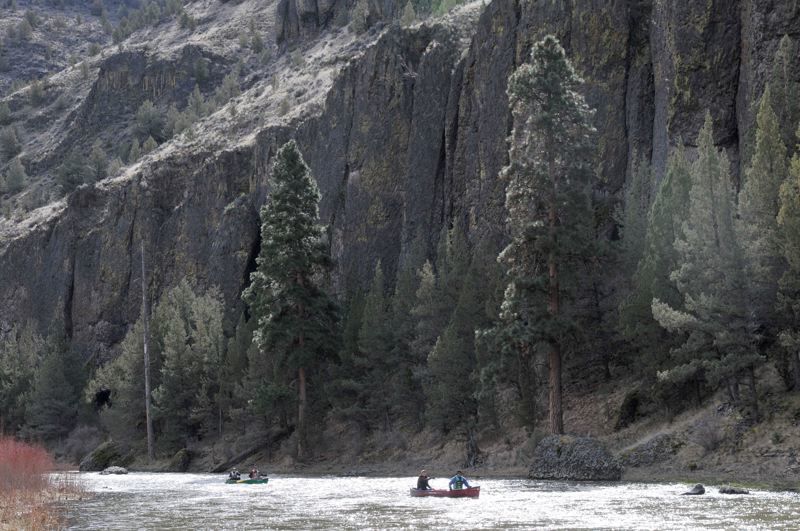Pacific Northwest science news: New insights into river, stream volume
Published 1:00 pm Thursday, October 22, 2020

- PMG FILE PHOTO - The scenic Crooked River near Central Oregon's Bowman Dam.
Municipal water managers need to know if water will be reliably available from watersheds. Civil engineers need to calculate stream discharge to construct bridges to withstand 100-year floods. A hypothesis proposed in 1997 by Gordon Grant, a research hydrologist with the USDA Forest Service Pacific Northwest Research Station, underlies a method for getting this information from rivers without gauge networks or long-term flow data. Since then, laboratory experiments and field measurements have validated the hypothesis to the degree that it may now be considered a theory.
Critical flow is a unique state of flow for high-energy rivers. For rivers or streams at critical flow there is a direct relationship between a stream’s depth and velocity: if the channel’s depth is known, the stream’s velocity can be calculated and vice versa. With these two measurements, the discharge of a high-energy stream can be calculated at critical flow. By applying this method after floods, it is possible to calculate the discharge on ungauged rivers and determine if it was a 10- or 100-year flood event. This information is critical for flood risk-reduction efforts.
Studies are underway to determine if the theory also applies to lava flows, while other researchers have used the theory to calculate ancient flood flows on Mars and Jupiter’s moon, Titan.
Science Findings is a publication of the U.S. Department of Agriculture and U.S. Forest Service. Find Pacific Northwest articles at www.fs.usda.gov/pnw.





